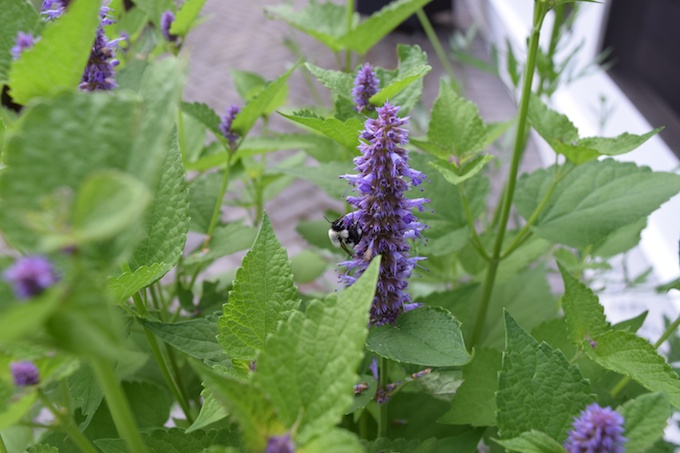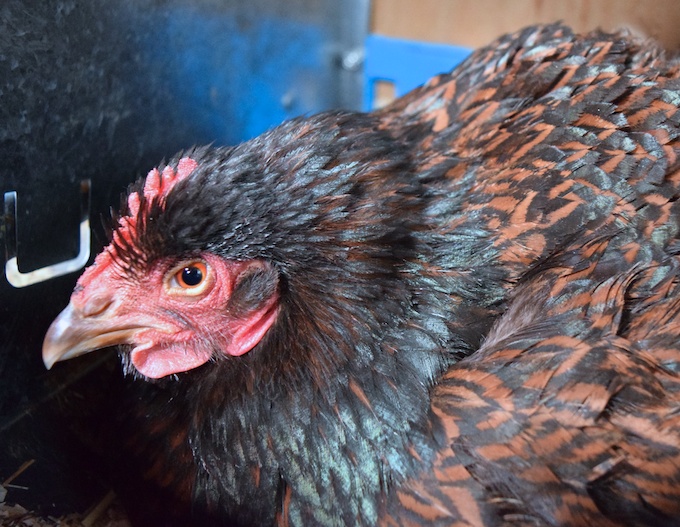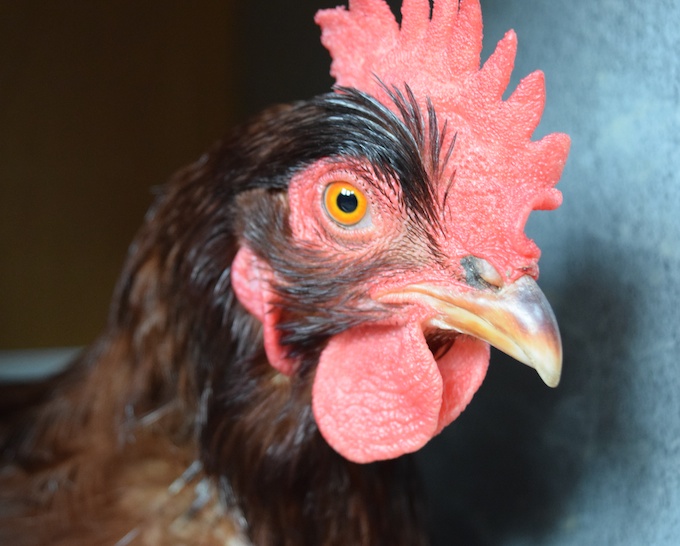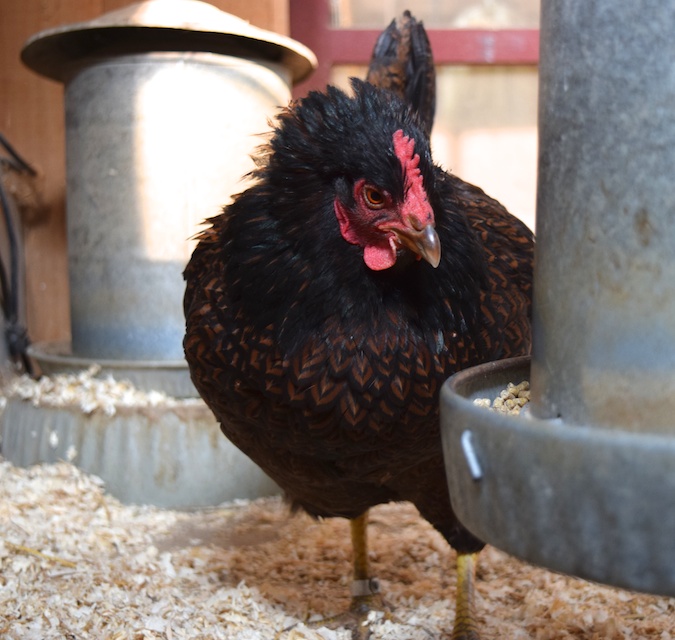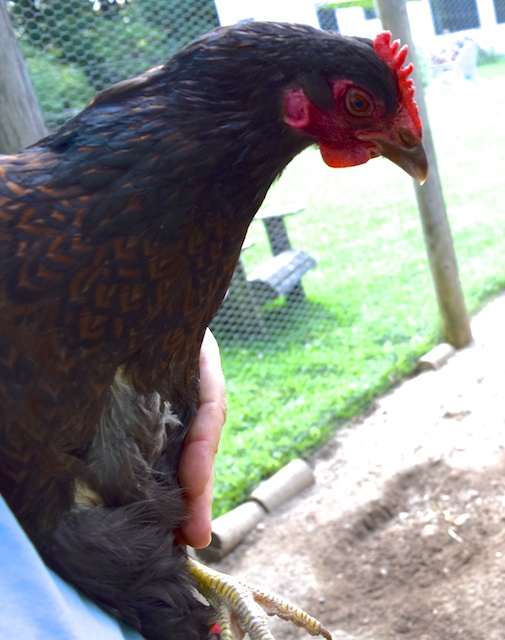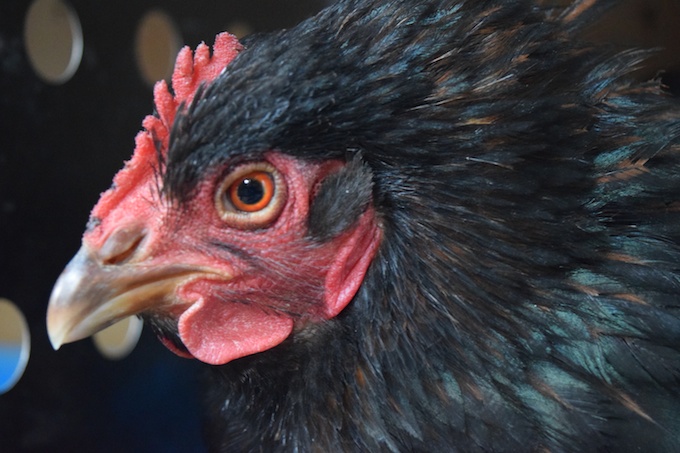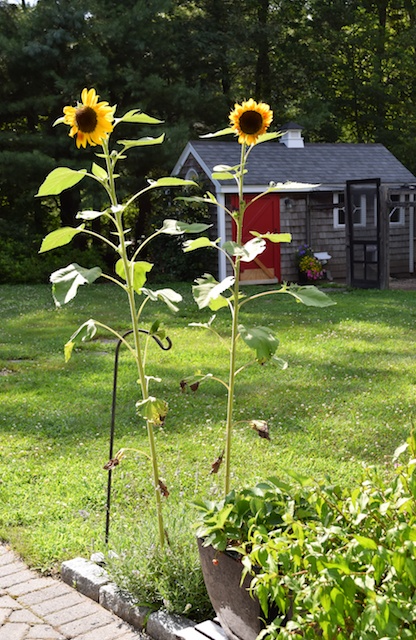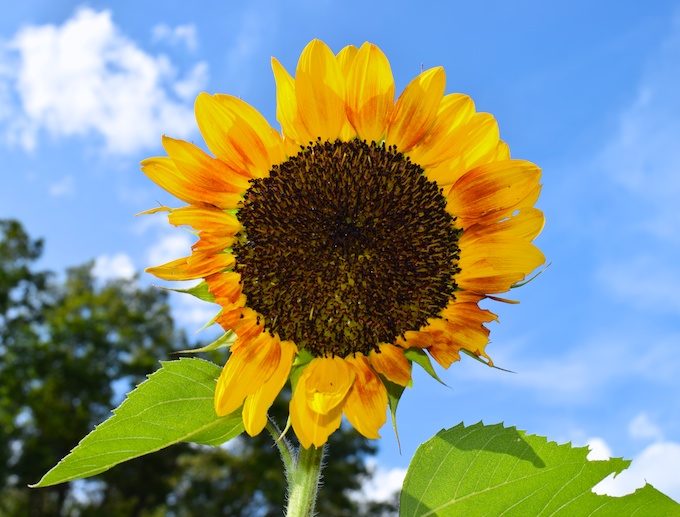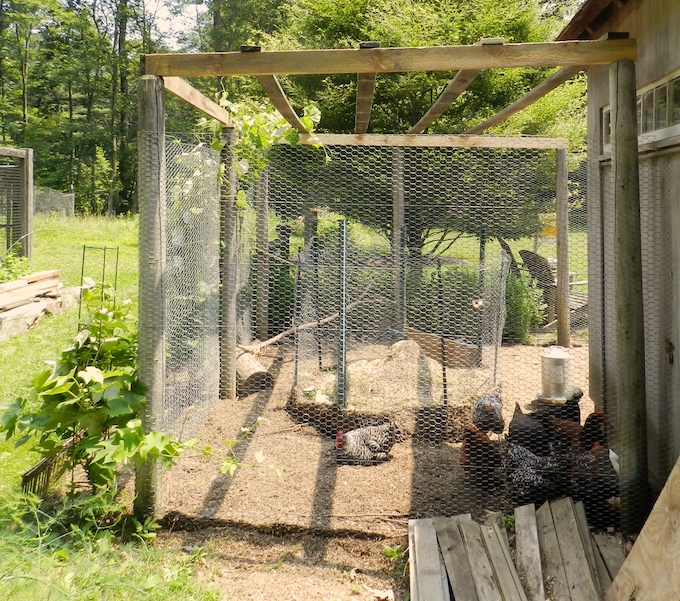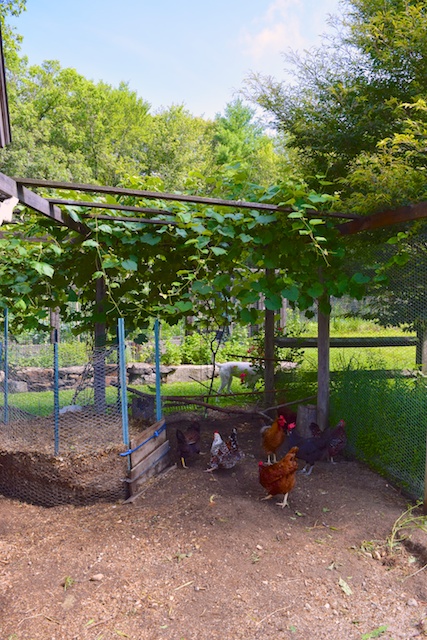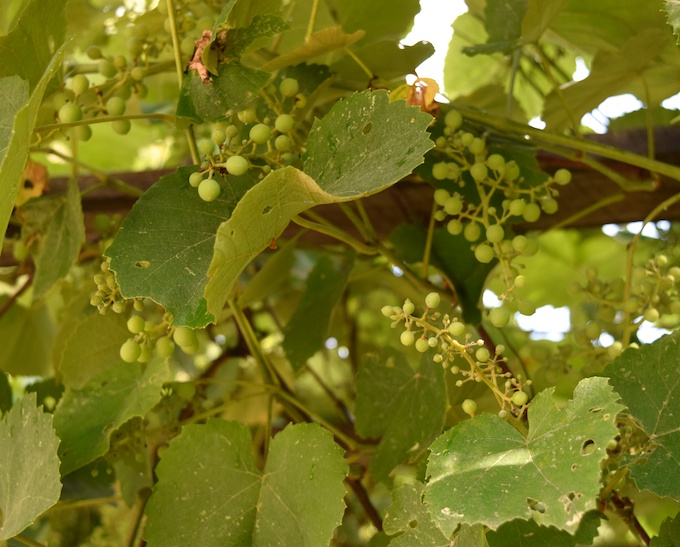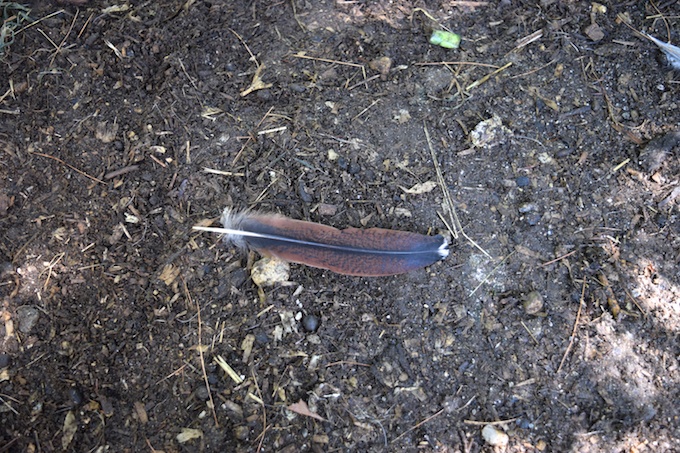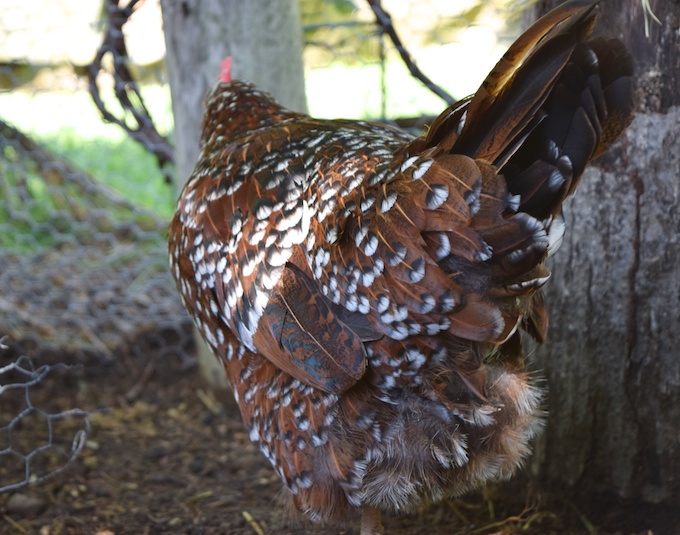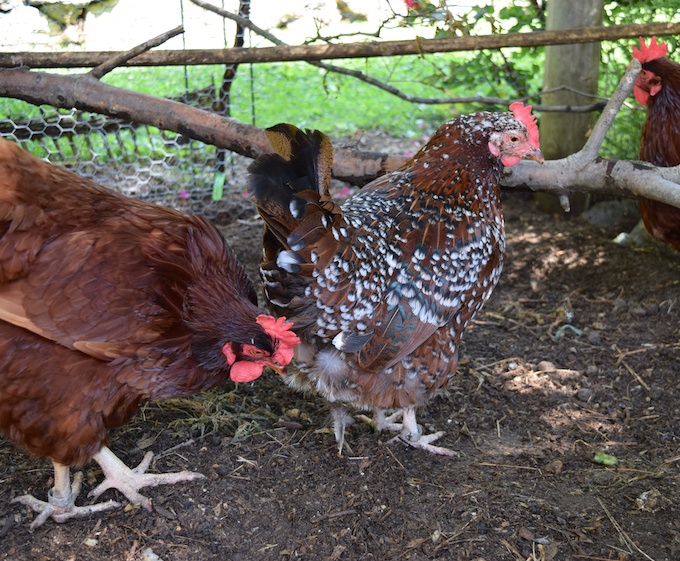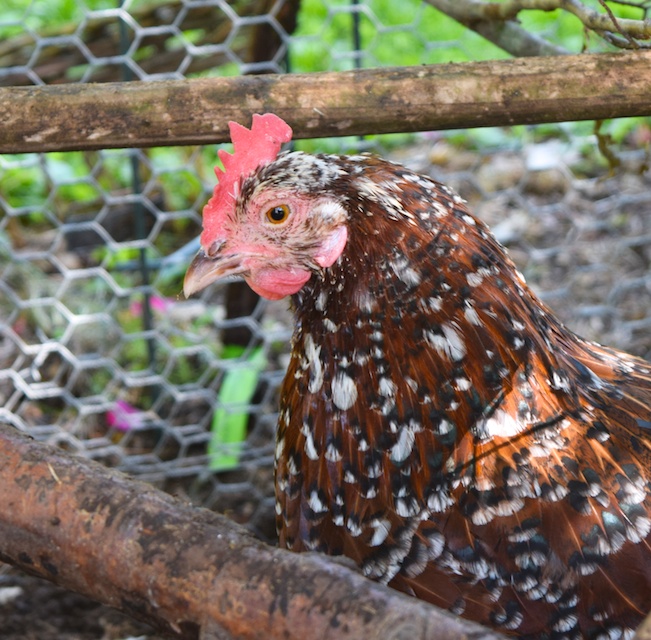I have containers planted with flowers, a cherry tomato, some mesclun, and herbs at the back porch door. The compositions are nothing formal. I fill the pots with mostly useful plants, with full knowledge that most of what is grown there will not be harvested, which is fine. They’re pretty to look at. The herbs, especially, are fragrant, their flowers beloved by bees and butterflies, and they tolerate my erratic watering. Once in awhile I use a leave or two, or find a ripe cherry tomato. Somehow, that’s deeply satisfying.
This year I looked for a tall plant to anchor a large pot. I found an anise hyssop at the nursery, which is not something that I was familiar with. I read the tag. Tall, purple blooms, edible. I brought it home. I lucked out. This member of the mint family tolerates drought, dissuades deer, and thrives despite my lack of consistent care. The leaves are delicious. I often pluck one to chew on as I go about my chores. It’s sweet, with a light licorice flavor.
The flowers are also edible. But I’m leaving them for the bees.
